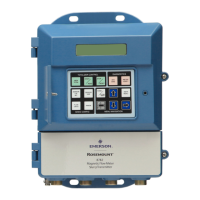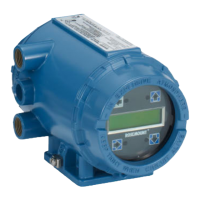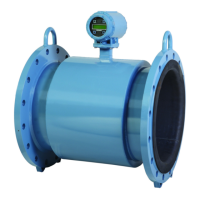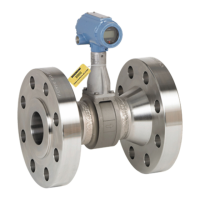1 Description and specifications
1.1 Features
Rosemount TCL Sample Conditioning System
The sample conditioning system permits a single sensor to measure total chlorine in water.
The sample conditioning system continuously injects a solution of acetic acid (vinegar) and
potassium iodide into the sample. The acid lowers the pH to between 3.5 and 4.5 and
allows total chlorine in the sample to quantitatively react with the potassium iodide to
produce iodine. The sensor measures the iodine concentration, and the transmitter
displays the total oxidant concentration in ppm as Cl
2
.
Rosemount 1056 Transmitter
The Rosemount 1056 Transmitter measures total chlorine when used with the 499ACL-02
Sensor and TCL Sample Conditioning System.
The Rosemount 1056 Transmitter is housed in a corrosion resistant NEMA 4X enclosure. It
is suitable for panel, pipe, or wall mounting. You can operate the transmitter with a
membrane keypad. A back-lit, six line display shows the total chlorine reading and
temperature in 0.6 in. (15 mm) high characters. The display can be customized to show
other information, for example, output signal and diagnostics.
Calibration and programming screens are simple and intuitive. Plain language prompts in
six languages guide you through procedures. Information and diagnostic screens, as well
as basic troubleshooting guidelines are available at the touch of a button.
The Rosemount 1056 Transmitter has two isolated, continuously variable 4-20 mA
outputs. Outputs can be assigned to total chlorine concentration or to temperature.
Digital communications, HART or Profibus DP, are available as options.
Four fully programmable alarm relays are available as an option. Relays can be assigned to
total chlorine concentration or temperature. A relay can also be used to signal a fault
condition. An alarm activates when a transmitter or sensor fault occurs.
Rosemount 499ACL-02 Total Chlorine Sensor
The Rosemount 499ACL-02 Total Chlorine Sensor is used in the TCL Sample Conditioning
System. Although the sensor is called a chlorine sensor, it really measures iodine. The
iodine comes from the reaction between oxidants in the sample and the acetic acid/
potassium iodide reagent added by the sample conditioning system.
The sensor consists of a gold cathode and a silver anode in an electrolyte solution. A
silicone membrane, permeable to iodine, is stretched over the cathode. The transmitter
applies a voltage to the cathode sufficiently negative to reduce all the iodine reaching it.
Because the concentration of iodine in the sensor is always zero, a concentration gradient
continuously forces iodine from the sample through the membrane into the sensor.
Description and specifications
Instruction Manual 1
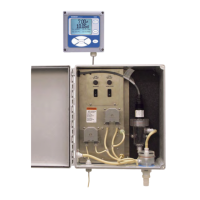
